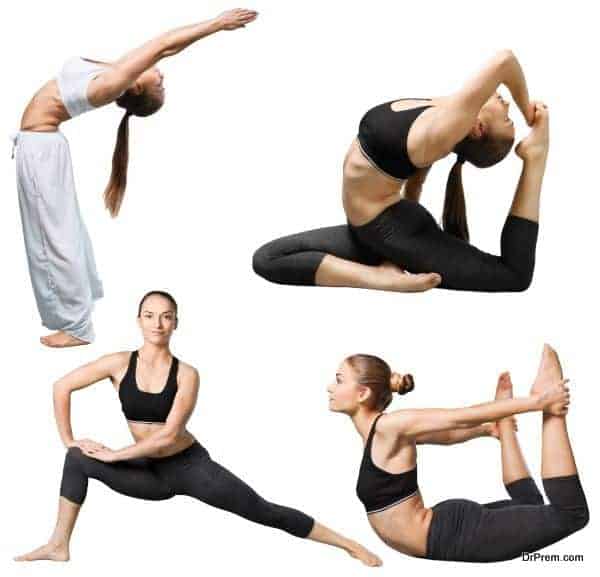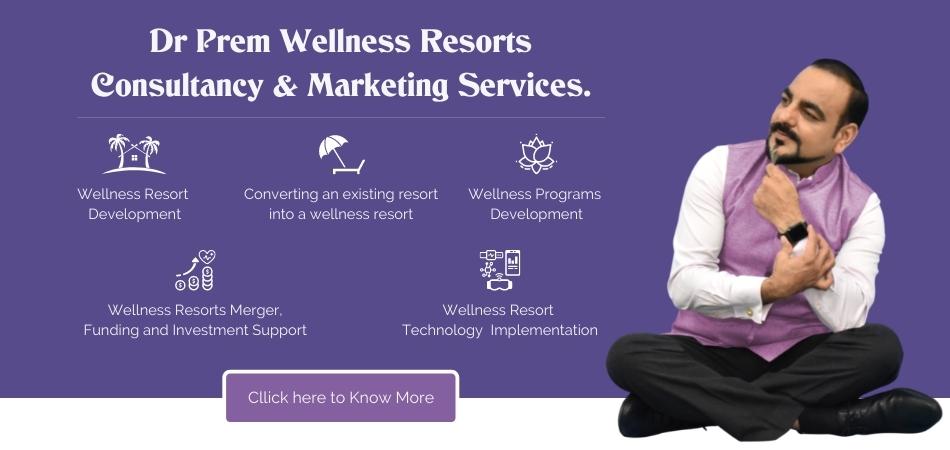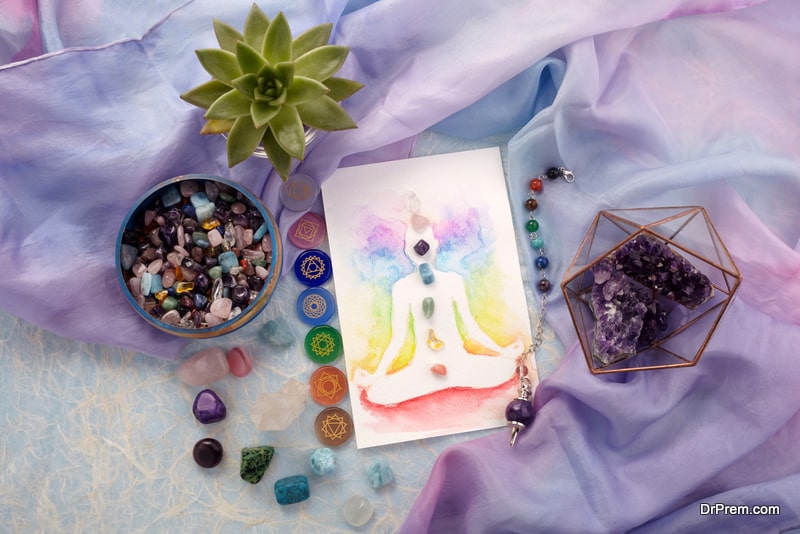Many of us spoil our lives with twisted and turned postures. Spondylosis and joint pain are two of the main culprits that attack people in early and late lives due to posture imbalances. Most of the afflicted ones turn towards yoga, meditation and other forms of subtly extreme exercises to correct the situation. In the process of correcting it however, many-a-times, the situation gets worse, especially when yoga has been the chosen way for salvation. Yoga is actually a chronological set of asanas or postures that help in stretching and bending the muscles of the body amply, so that it feels fresh, more energetic and toned up.
Apart from toning, another important task that yoga plays in our physical wellbeing is that it makes our body more flexible and versatile. Since there are a number of postures and bends involved, most of them, not quite easy to practice for an untrained body, chances that you suffer from sprains and tweaks, are really great! And sprains, having their birth in exercises, pain a lot! It could be more harm than good to practice those postures.
The lessons learnt
- It is always better to practice yoga under the trained eyes and vigilance of a practitioner. A yoga practitioner would tell you what exactly you require and for how long do you need to practice it. Everybody has a different capacity to take exertion. The involvement of yoga should be just as much as is required.
- It is a bad decision to compete with a seasoned yoga practitioner or your limits. If you are getting to classes for escaping stress through yoga, chances are that you would meet a lot more people: some like you, some more fit and fine. The worst decision is to set a competitive floor for you. Remember, they are different and so are their needs and capacities. What is okay for them might be a bit quick for you. In that case, it is wise to proceed at your own pace.
- Do not jump to the tough things before getting yourself converted to a pro with the basics. Yoga, especially Pranayama, is more or less a breathing technique and it all depends on how well and how rhythmically you do it. Getting clear with the easier ones before jumping on the tough ones is much better than spraining yourself with heavy movements.
In short, do what your body can take. Remember, no one knows your body better than you.








